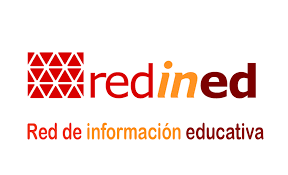New approaches to understanding the development of biological concepts in young children
Abstract
This paper outlines the development of a new methodology to assess young children’s (aged 4-11) ideas about biological phenomena in an effort to understand conceptual development across the primary age range. Presently, curricular design is an activity that rests on some fundamental assumptions about the organisation of knowledge and development of understanding. For instance, the National Curriculum for England is organised in a manner that assumes sequential learning of scientific concepts so that generalised understanding can be developed on the basis of earlier concepts. However there is a distinct lack of any systematic literature on the processes behind conceptual development, which have often shown children’s learning to be piecemeal and unlikely to progress in such a straight-forward and linear fashion, contrary to earlier theorising (e.g. Piaget, 1972). Where there is any body of work, such as on early ideas of inheritance, it is based on highly constrained paradigms that have arguably led to a distorted view of children’s capabilities.
Other work also highlights the fact that young children start school with existing prior knowledge and often hold misconceptions that are highly resistant to change (Driver, Guesne & Tiberghien, 1985). How cognitive schemata are organised cannot be fully understood without first exploring the processes behind conceptual change and above all the ways in which related concepts are interlinked in more coordinated fashion. This is something that has rarely been the focus of psychological investigation. New approaches to assessing conceptual development in biology are presented in an effort to redress this.
Downloads
-
Abstract721
-
PDF (Español (España))387
Original work publishes in this journal is subject to the following terms:
1. Murcia University Press (the publishing house) holds the copyright of the publishes work, and favours and allows their reutilization under the use license stated in point 2.
© Servicio de Publicaciones, Universidad de Murcia, 2015
2. Work is published in the electronic edition under a license (Creative Commons Reconocimiento-NoComercial-SinObraDerivada 4.0 España (legal text). They can be copied, used, disseminated, transmitted and publicly presented, as long as: i) authorship and original publication source is acknowledged (journal, publishing house and URL of the work); ii) are not used for commercial purposes; iii) the existence and specifications of this use license is stated.
3. Conditions for self-archive. Authors are allowed and encouraged to disseminate electronically the pre-pint (before review) and/or post-print (accepted for publication) versions of their work before their publication since that favours earlier circulation and dissemination resulting in an increased chance for the authors to be cited and for the work to reach a bigger share of the academic community. Colour: RoMEO: green.






